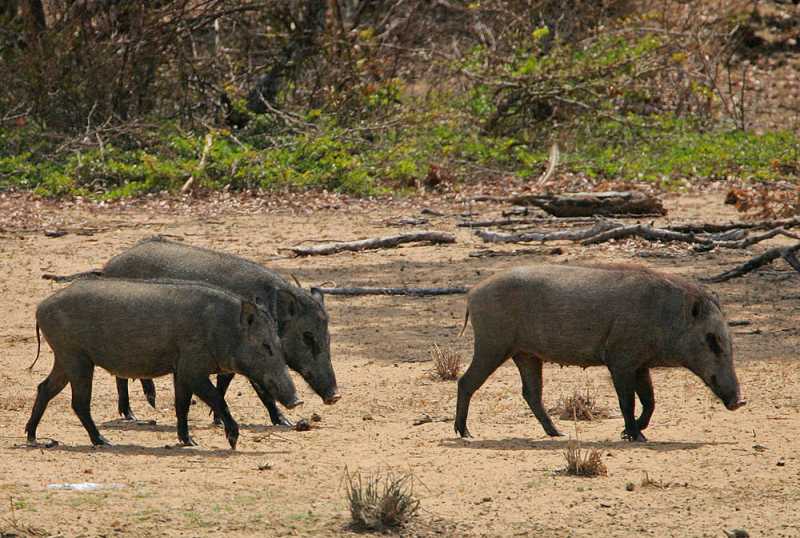
African swine fever is spreading slowly in the Baltic countries and Poland, according to the latest epidemiological data analysed by the European Food Safety Authority.
The disease is spreading at about 2km a month in Latvia and Estonia, and 1km a month in Lithuania and Poland.
In addition, the number of infected animals found among hunted wild boar is very low (up to 3%). The outbreaks in wild boar in the Baltic countries and Poland can therefore be defined as a “small-scale epidemic”.
The first cases of African swine fever were identified in Lithuania and in eastern Poland at the beginning of 2014. The disease was subsequently reported in Latvia and Estonia. No additional Member States have been affected since.
African swine fever is a highly contagious disease that kills up to two-thirds of infected animals.
African Swine Fever is spread by ticks. When standard farmed pigs are infected, they quickly become ill and die, but feral wild boars show no disease symptoms when infected.
'Very genuine threat'
Because wild boars show no symptoms, it has led the British pig industry to issue out a stark warning.
The National Pig Association (NPA) has said feral wild boars, in places such as Gloucestershire and Herefordshire's Forest of Dean, pose a 'very genuine threat' to the British pig industry,
NPA chief executive Dr Zoe Davies said: “If an exotic disease like ASF got into the UK’s wild boar population, it would become almost impossible to prove that the disease had been stamped out. This would wreck our burgeoning export market, now worth £350 million a year, with devastating consequences for the industry.
“In addition, local businesses and tourism would suffer greatly as the whole area would be under restriction indefinitely. We only need to look back to the last foot-and-mouth disease outbreak to know exactly what impact this can have on local communities.”
